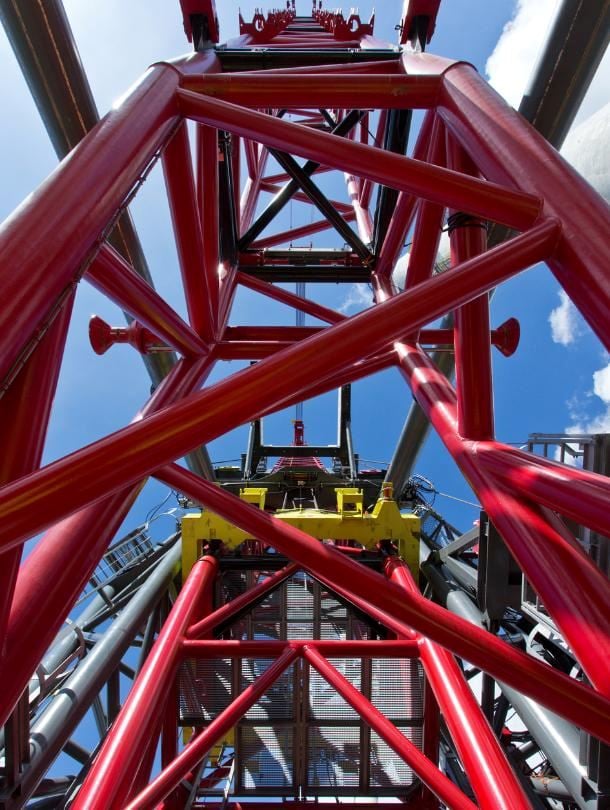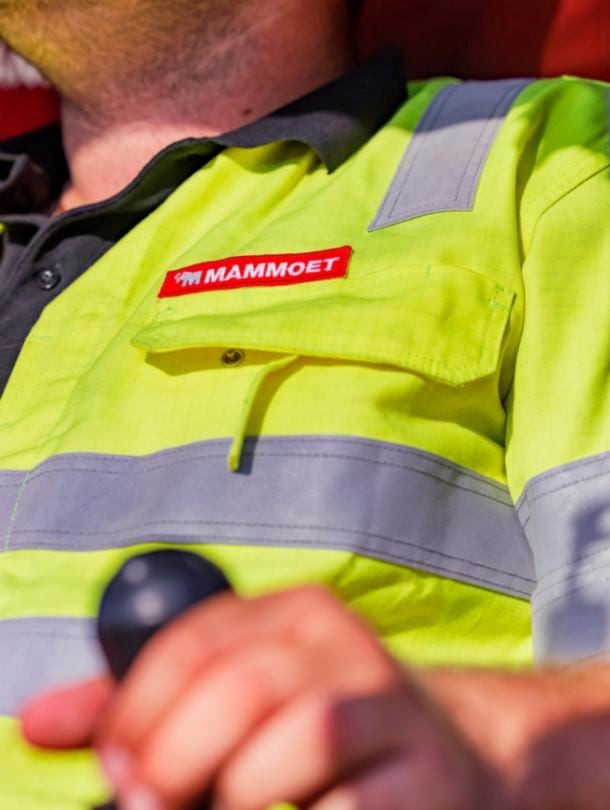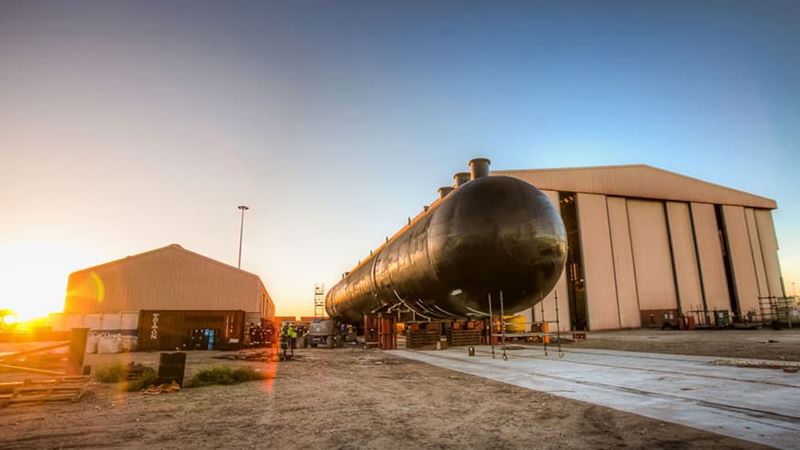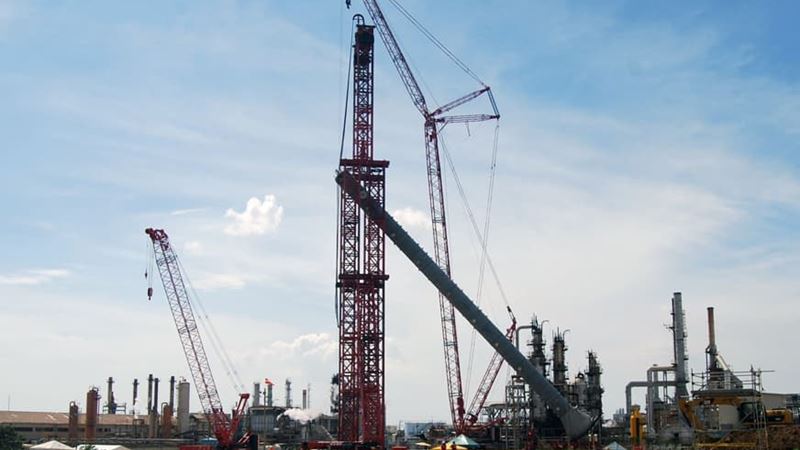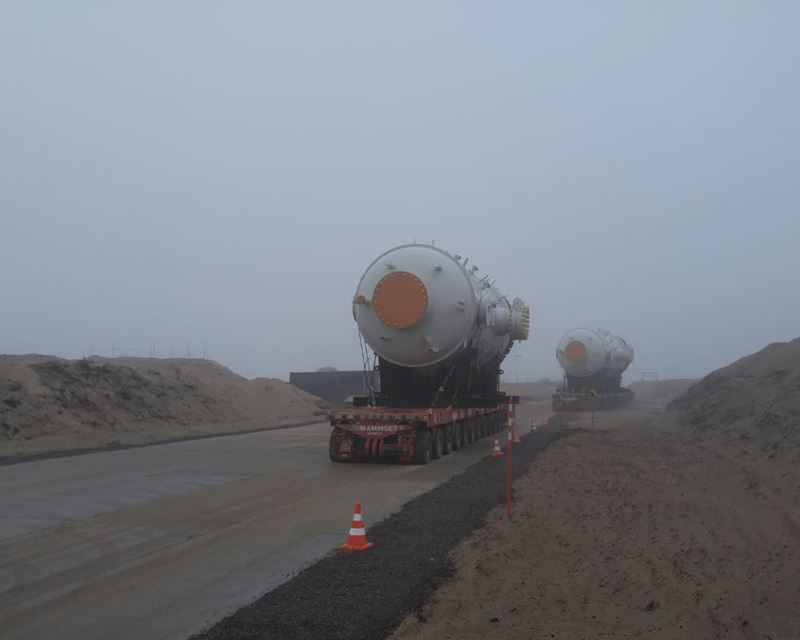
Sector:
Oil and Gas
Expertise:
Heavy transport
Load-in & load-out
Benefits:
Optimized schedule
Protected infrastructure
Location:
Russian Federation
Mammoet has successfully transported 22 pieces of vital equipment to the onshore processing facility compression site (OPFC), as part of the Sakhalin-2 project, despite extreme conditions.
When live, the OPFC will be a part of one of the biggest oil and gas projects - Sakhalin-2, which is aim to be the premiere energy source for Asia-Pacific. Sakhalin-2 OPF is located on the east coast of Sakhalin Island. The only access for large equipment delivery is via transportation barges passing through the volatile Sea of Okhotsk, which is known for its high winds and stormy conditions.
The island is primarily home to abundant wildlife and therefore lacks enough infrastructure to complete projects of this scale. The biggest challenge was the lack of a sheltered port capable of withstanding the weight of the gas production equipment. For this challenge, the client needed a partner who could operate in this remote location and within the testing conditions.
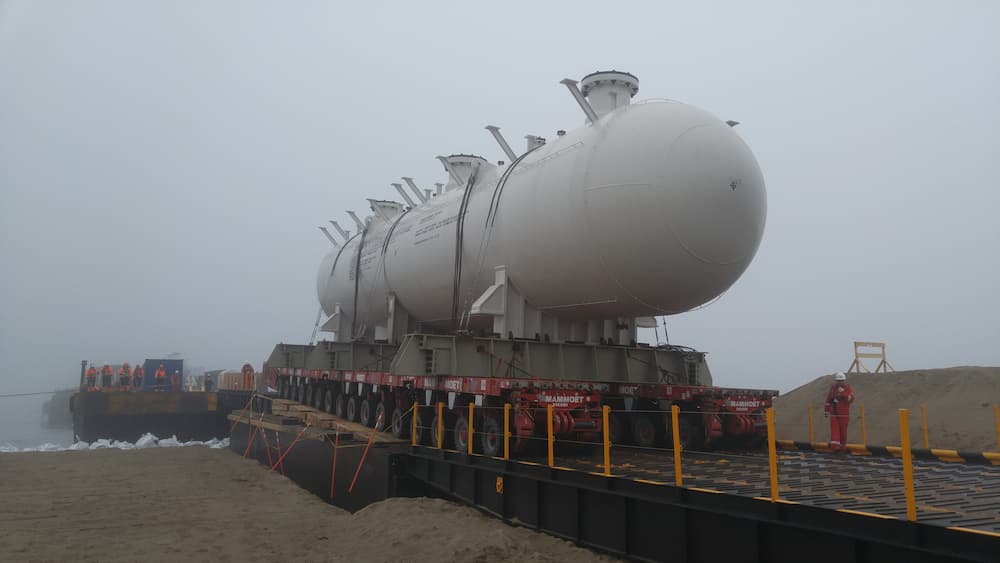
The solution created for this challenge was a three-stage temporary beach landing. First, each of the 22 items was individually transferred from the transportation barge to an intermediate barge that was small enough to dock, then to the temporary beach landing facility, and finally to the beach.
The existing docking bay couldn’t withstand the 500t three-phase inlet separator, so it was built a 200m temporary beach landing facility, which for environmental reasons was dismantled after the execution of works so the beach could be fully restored to its initial condition.
The temporary facility meant that Mammoet could transport the equipment of the barge using SPMTs. This transfer was challenging, especially for the items on the single trailers, because it was executed on the open sea. Uncertain sea conditions directly affected the behavior of the intermediate barge, and therefore Mammoet’s engineers needed to make precise calculations for every possible situation so that the transfer could take place. Once this step had been completed, the third and final stage was the 7km journey from the beach to the site.
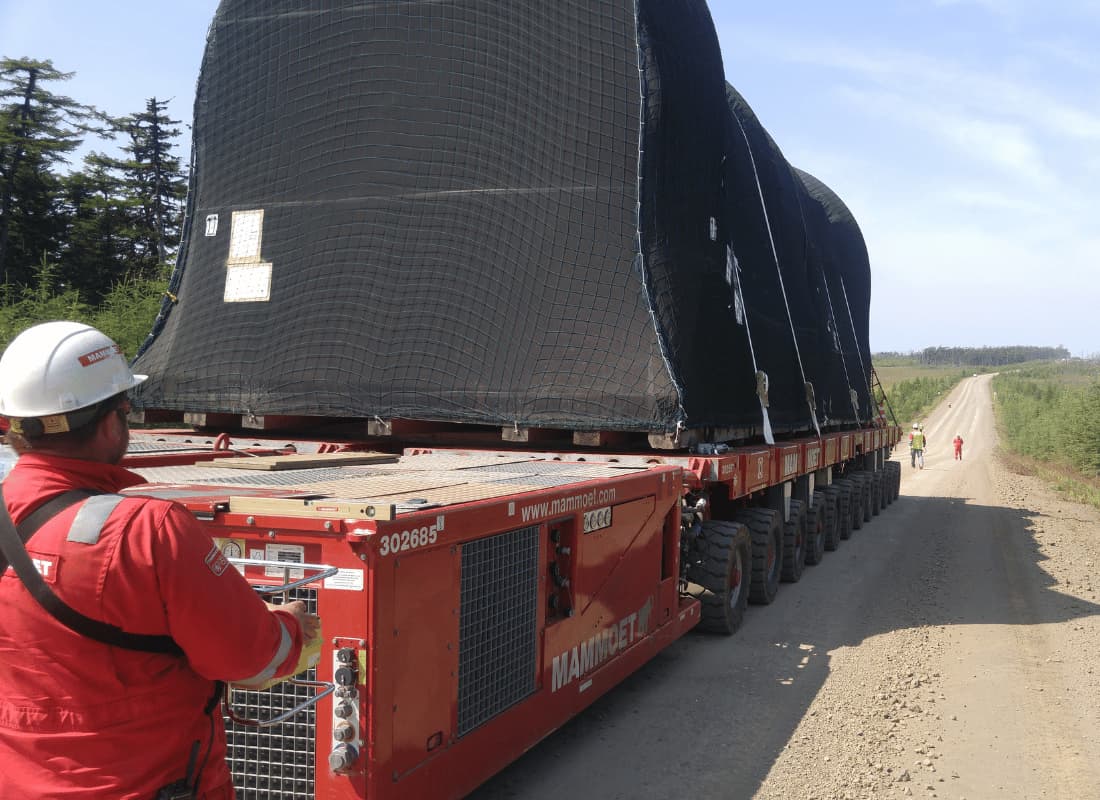
Mammoet’s Project Manager, Dmitry Matsiborko, explained: “The beach landing had several special requirements. It needed to be strong enough to carry the weight of the load, with an added focus on stability to counteract the extreme wind and sea conditions. The nearest settlement was over 100km away, so the smallest details required extensive preparation.”
Matsiborko concluded, “The initial schedule for the load-in to the island was 17 days, but Mammoet completed it in five. This successful execution helped us win additional scope for the installation of the three heaviest items at the OPFС site and transportation of the nine heaviest items to the installation area, so we are very happy with our efforts. We will now be able to adopt this same approach to projects with similar challenges in the future.”
